Sony introduced the Sony Xperia Z4 in Japan several weeks ago, but contrary to what was expected, the device did not come out of the Japanese borders at the beginning, staying as unique to this region. But finally, Sony launched the Sony Xperia Z4 in the world, but with the name Sony Xperia Z3+, as we had previously said. Today we are going to compare it with the previous Xperia, Sony Xperia Z3.
With this device Sony follows a continuous line, a good strategy to build brand image and customer loyalty as long as it does not extend much over time. The design has hardly changed since the Xperia Z and they will need a riskier renewal. The same applies to technical profile, in which there are no substantial changes justifying the purchase of Xperia Z3+ over the Z3. The most significant developments are reduced to selfies camera and processor, very few arguments in its favor. And worst, it would explain why the change in the name from Z4 to Z3+.
Design
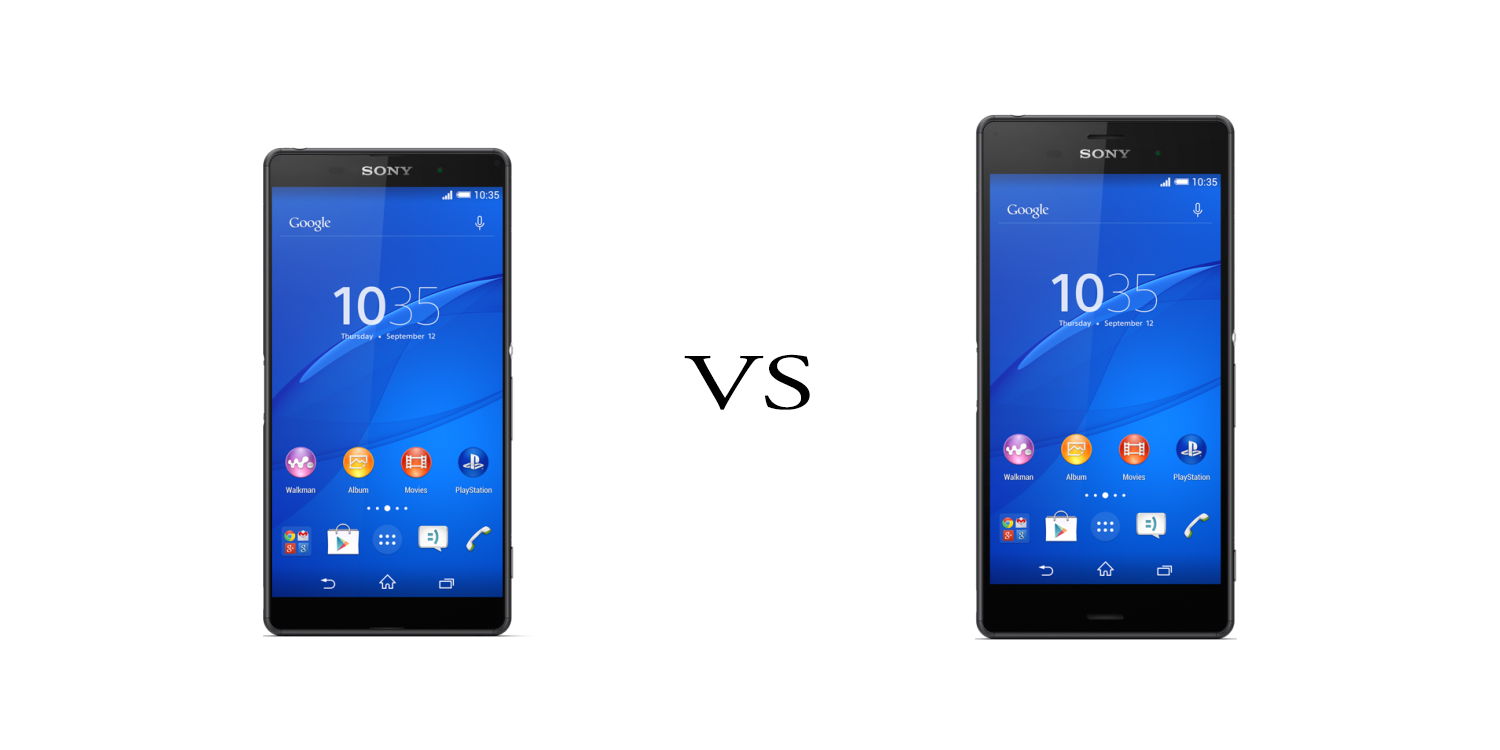
The Sony Xperia Z3+ has notable changes, but if you expect a radical overhaul in the design, you can keep waiting. Sony is sticking to Omnibalance concept, a language of symmetrical and balanced design that debuted with Sony Xperia Z in January 2013 and is in need of a facelift. The company has introduced some changes with each new model, reinforcing the structure with an aluminum frame and styling forms. Sony has not been aimed at the fashion of the resolution, but to the thinness. The new Sony Xperia Z3+ has a profile of only 6.9 mm, like the iPhone 6 and one millimeter thicker than the Samsung Galaxy S6. The height and width are unchanged, but the change in thickness allows it to reduce its weight to 144 grams. They have also moved some connections, such as slots for SIM and MicroSD cards, which are now covered by a single cap. In addition, the metal frame surrounding the device has a glossy finish, while the Sony Xperia Z3 is brushed in aluminum. How could it be otherwise, the Sony Xperia Z3+ remains waterproof, guaranteed with the certificate IP68.
Display
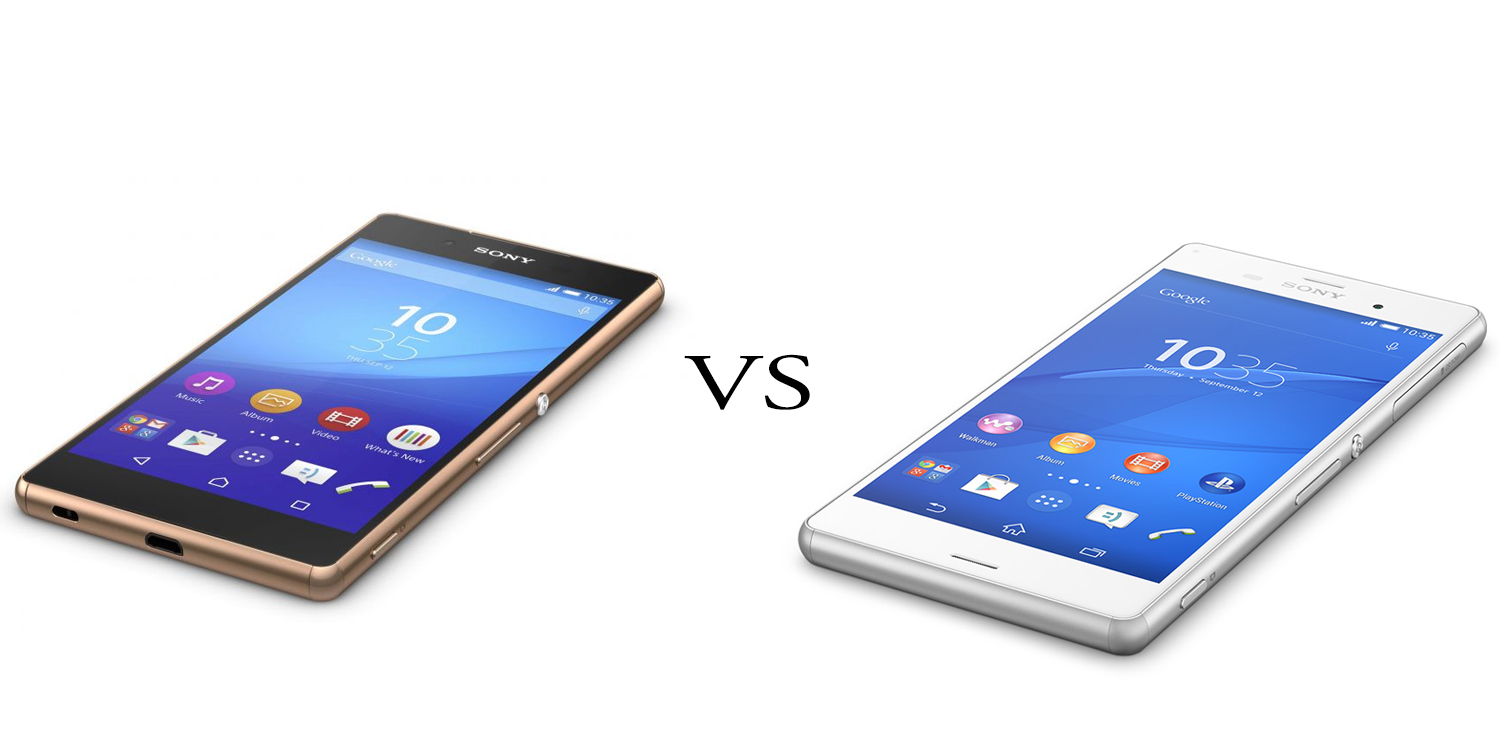
Sony has decided not to increase the screen size of its new model, keeping the 5.2 inches that already offered the Sony Xperia Z3, balanced between handling and visual experience. They have also maintained FullHD resolution, from the trend of up to qHD resolution. On paper, the difference between a full HD panel (1920 x 1080 pixels) and QHD (2560 x 1440 pixels) is huge, but in practice does not show much, especially if we talk about as small screens. In this sense it is not a negative feature, because we are able to reduce battery consumption. The two have the Triluminos technology and X-Reality engine.
Cameras
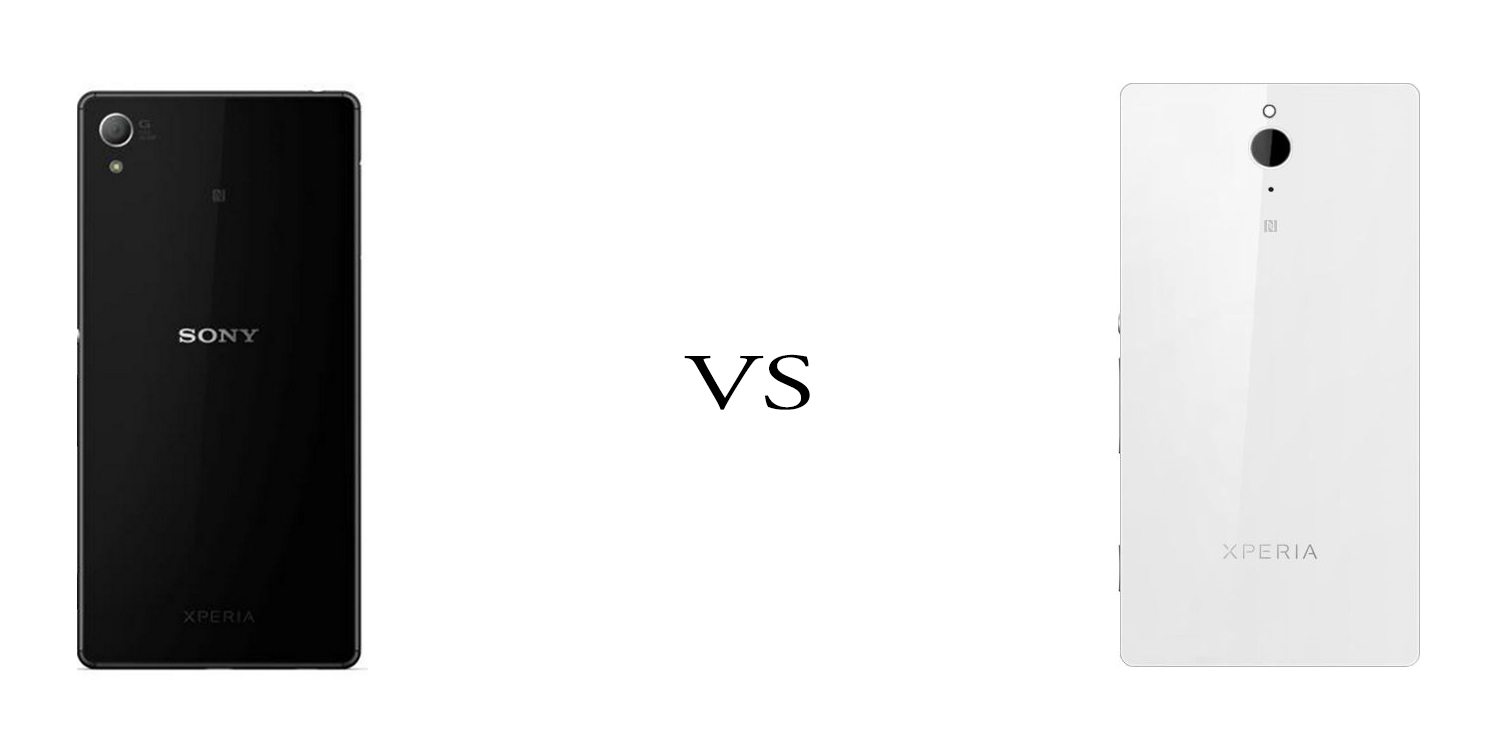
The camera of the Sony Xperia Z3 can boast of being one of the most complete of Android, so do not expect too many changes. Where you must know about it is in the front camera to selfies. Sony increased sensor resolution to 5 megapixels and also places a lens with 25 mm focal length, to capture a wider angle. However, the optical stabilizer is the most remarkable novelty of the secondary camera, a piece that is usually reserved for the main sensor. The front camera of the Sony Xperia Z3 has 2.2 megapixels and records videos in FullHD. The main sensor Exmor RS remains the 2.3-inch and 20.7-megapixel resolution. Sony repeated with the same features of Xperia Z3, as the auto mode, Timeshift Burst, Social Live or Sweep Panorama. The two recorded videos in 4K at 30 fps, but can record videos in slow motion raising quality and lowering the frequency.
The multimedia features also remain unchanged. Sony includes several enhancements as the filter sound Clear Audio+, low xLOUD enhancer, the DSEE HX system and surround sound technology from Sony. It also offers access to the PlayStation Network and can be used as a remote control for the PS4.
Software/Hardware
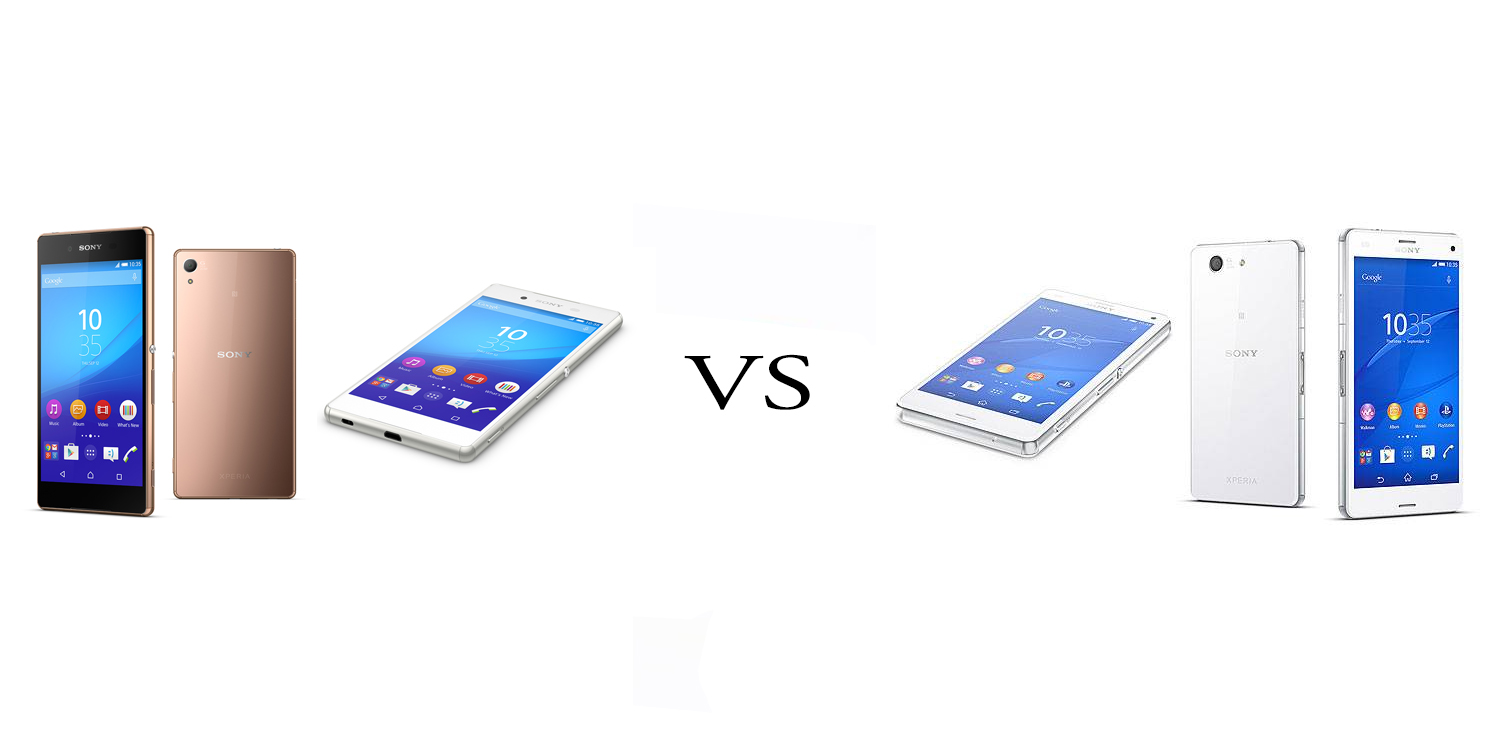
The processor is one of the sections in which all manufacturers always do greater changes comparing to previous models. The chip of the Sony Xperia Z3+ is none other than the Qualcomm Snapdragon 810, an eight cores with support for 64-bit. It consists of Cortex A57 four cores at 2 Ghz and four cores Cortex A53 at 1.5 Ghz. It is accompanied by an Adreno 430 GPU and 3 GB of RAM. The Sony Xperia Z3 also has 3 GB of RAM, but the processor is a Snapdragon 801 quad-core precessor with Krait 400 architecture and Adreno 330 graphics processor.
The internal memory also increases and now the Sony Xperia Z3+ has 32 GB, while the Sony Xperia Z3 has 16 Gb. The two MicroSD cards accepted memory of 128 GB.
The operating system is Android 5.0 Lollipop with Xperia UI interface, the main difference is that the Sony Xperia Z3+ comes standard with this version, while the Sony Xperia Z3 received the update few weeks ago. Both have Google applications and some own functions as the Stamina mode or Sony Entertainment Network suite.
Autonomy
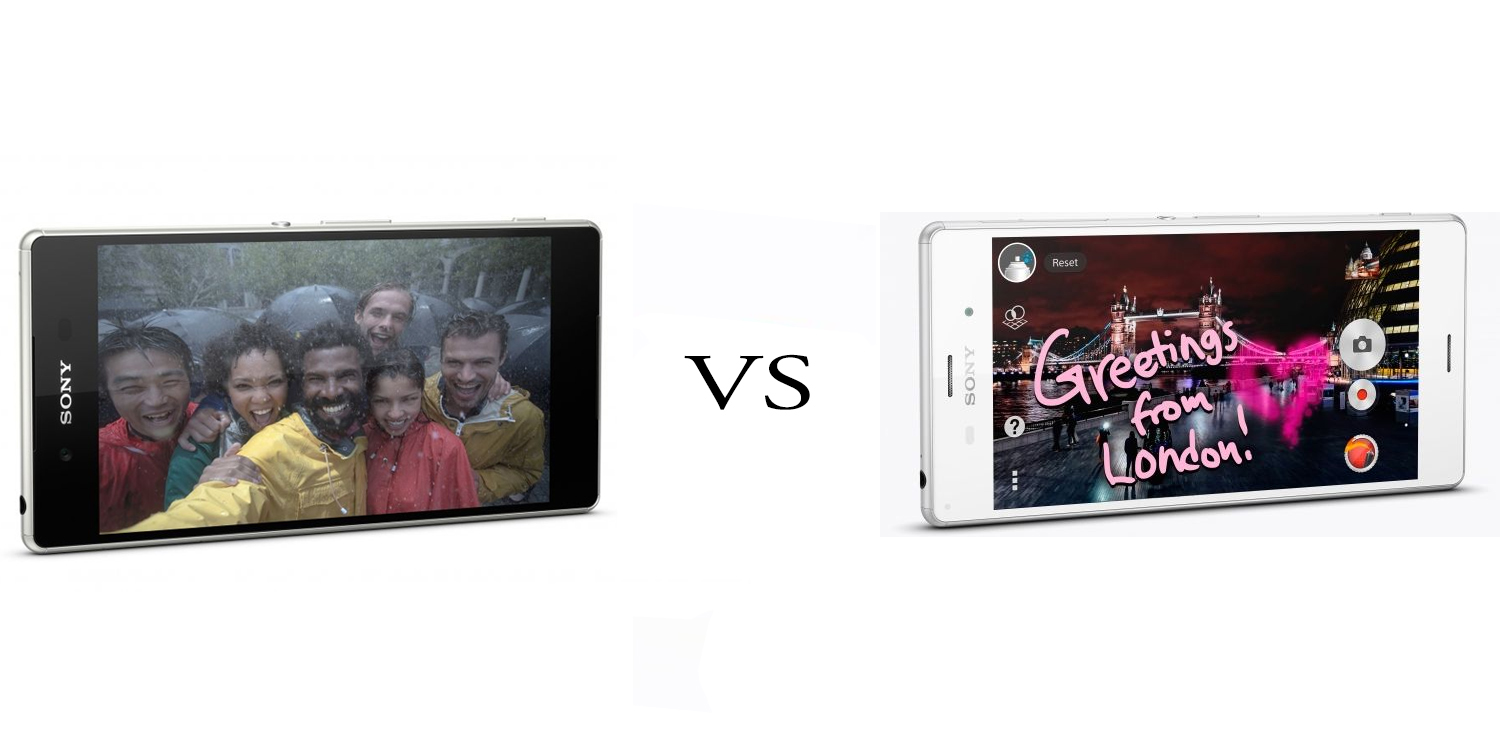
As a result of thinning, the Sony Xperia Z3+ has a lower capacity battery; 2930 milliamps, compared to 3000 milliamps of Sony Xperia Z3. Seeing the differences, autonomy should not vary too much. But what has improved is the fast charge, getting up to 60% charge in just 30 minutes.
Connections remain unchanged, except for new bands LTE for Asian countries. Both devices connect to 3G and 4G mobile networks, as well as being compatible with dual-band WiFi, but are not the only wireless connections. Also they include Bluetooth, GPS antenna, DLNA, NFC, WiFi Direct and ANT+ accessories for sports. Physical connections are the usual; a microUSB and headphone jack.